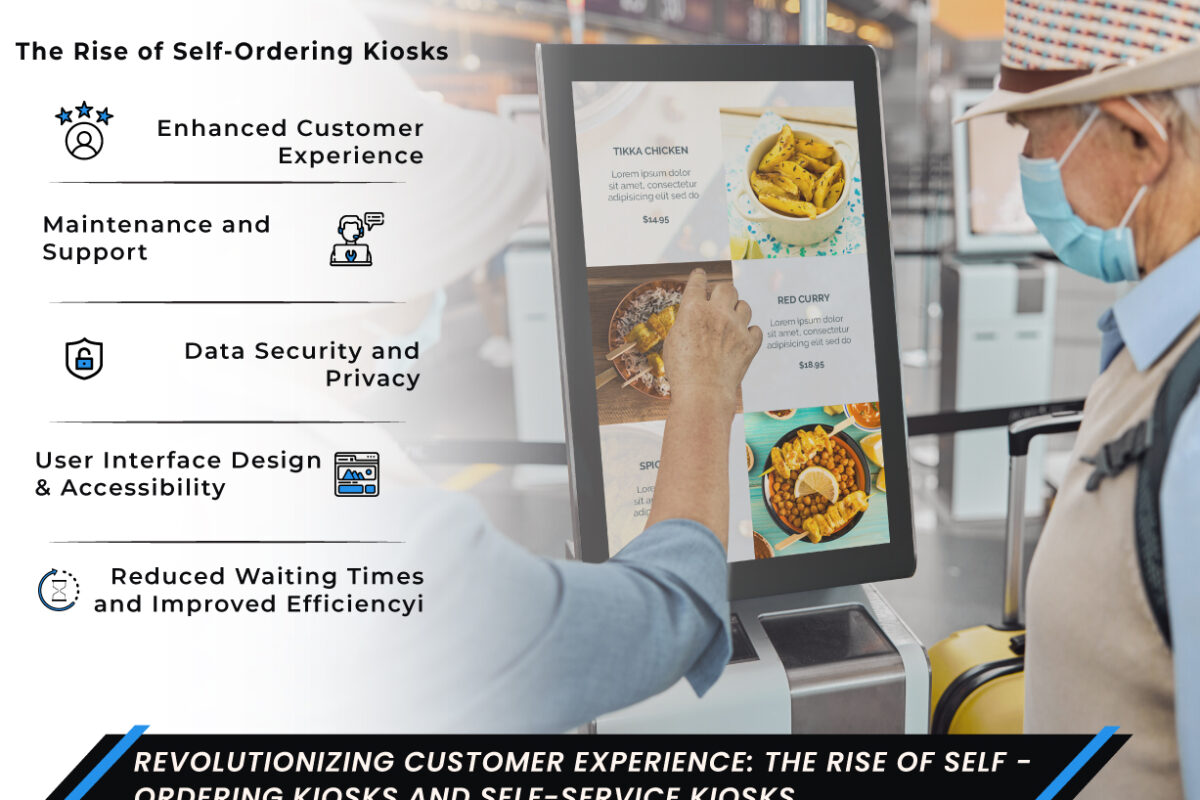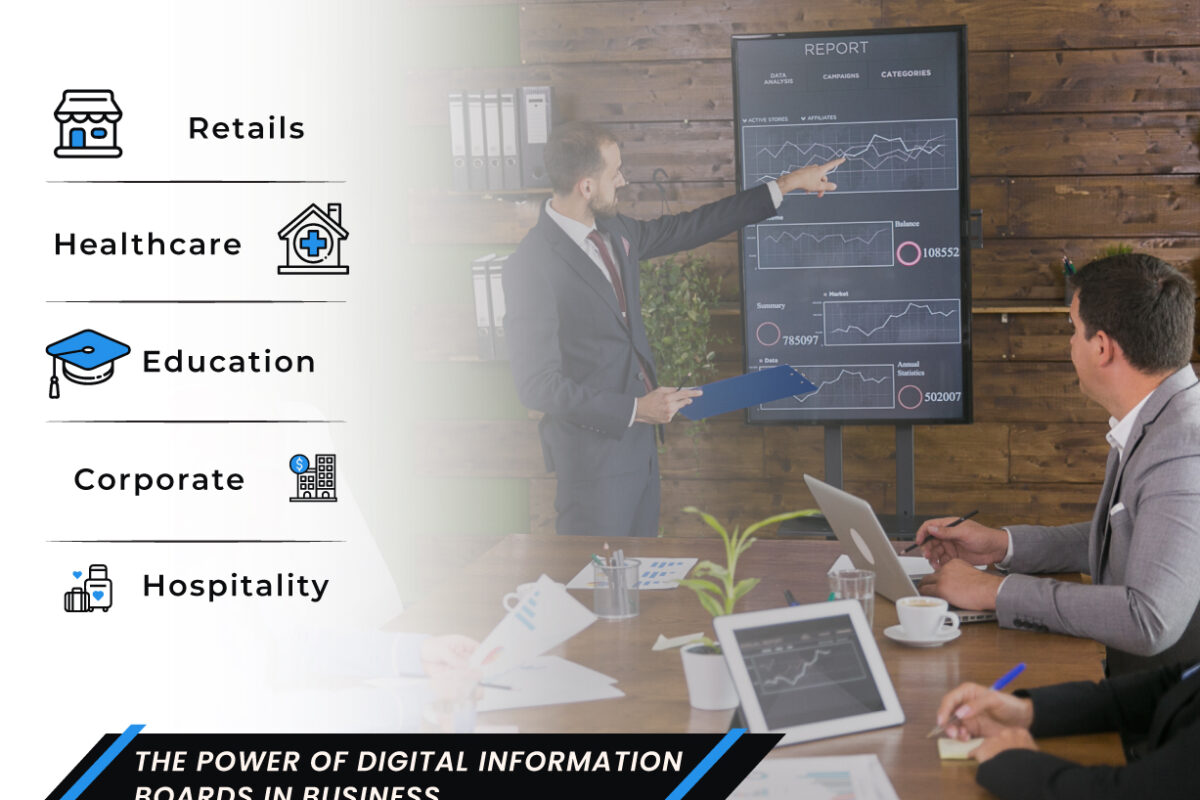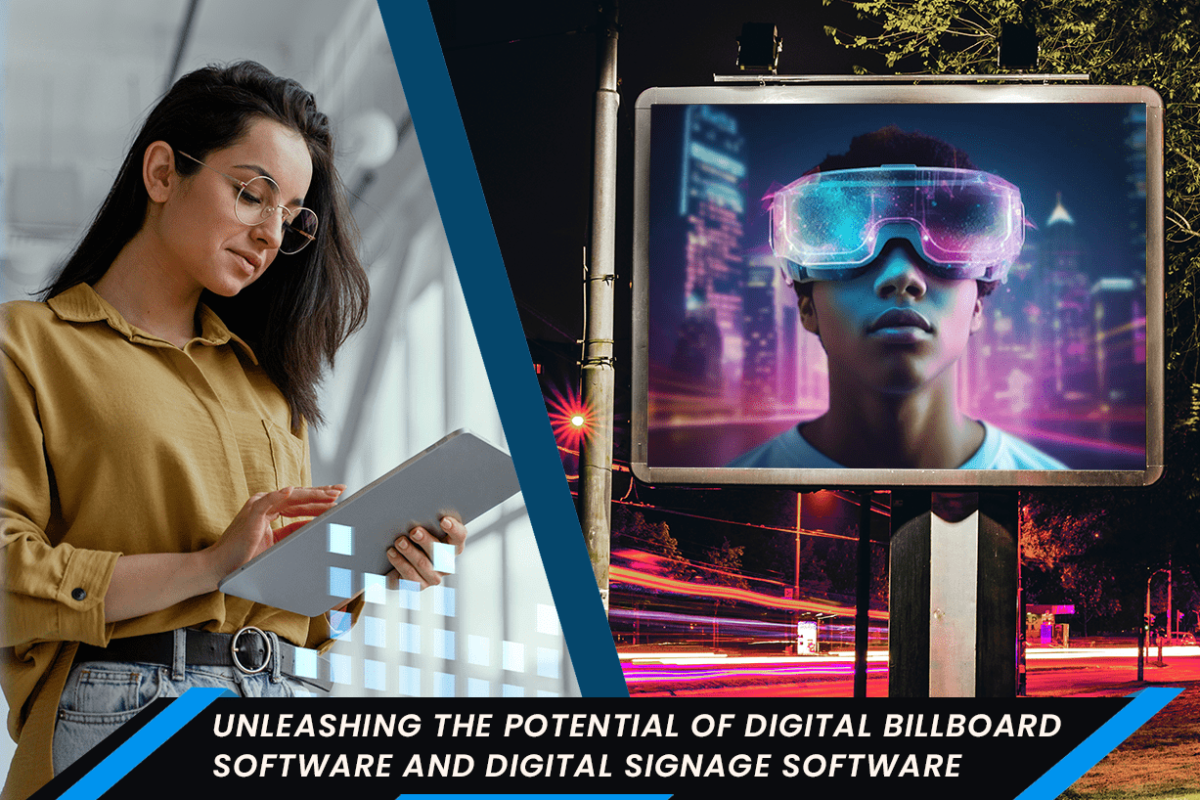Revolutionizing Customer Experience: The Rise of Self-Ordering Kiosks and Self-Service Kiosks
In recent years, the retail and hospitality industries have witnessed a significant transformation in customer service with the introduction of self-ordering kiosks and self-service kiosks. These innovative technologies have revolutionized the way customers interact with businesses, offering convenience, efficiency, and personalized experiences. In this blog post, we will explore the benefits and functionalities of self-ordering kiosks and self-service kiosks, their impact on various industries, and their implications for businesses and customers alike.
The Rise of Self-Ordering Kiosks
A. Enhanced Customer Experience
- Convenience and Control: Self-ordering kiosks empower customers to browse menus, customize their orders, and make payments at their own pace, eliminating the need for lengthy queues and improving order accuracy.
- Personalization: Kiosks can store customer preferences and past orders, allowing businesses to offer tailored recommendations and promotions based on individual preferences.
- Multilingual Support: With built-in language options, self-ordering kiosks cater to diverse customer bases, enabling seamless interactions for non-native speakers.
B. Operational Efficiency and Cost Savings
- Increased Order Accuracy: Self-ordering kiosks minimize miscommunication between customers and staff, resulting in higher order accuracy and reduced instances of order reworks.
- Streamlined Order Fulfillment: By directly transmitting orders to the kitchen or production area, kiosks eliminate manual order entry, reducing order processing time and improving operational efficiency.
- Staff Optimization: As self-ordering kiosks handle order placement and payment, staff members can be allocated to other critical tasks, such as customer assistance and food preparation.
C. Upselling and Cross-Selling Opportunities
- Promotional Displays: Kiosks can showcase enticing visuals and recommendations, encouraging customers to explore additional menu items and boosting sales.
- Dynamic Pricing: Businesses can leverage kiosks to implement dynamic pricing strategies, offering upsells, promotions, and combo deals to increase average order value.
The Impact of Self-Service Kiosks
A. Customer Empowerment and Flexibility
- Check-In and Check-Out Processes: Self-service kiosks in hotels and airports expedite check-in and check-out procedures, enabling guests to bypass long queues and have greater control over their stay.
- Retail Self-Service Kiosks: Customers can browse product catalogs, check prices, and even make purchases without relying on staff availability, enhancing the shopping experience.
B. Reduced Waiting Times and Improved Efficiency
- Ticketing and Information Kiosks: Self-service kiosks at entertainment venues, transport stations, and public spaces allow customers to purchase tickets, obtain information, and navigate easily, minimizing waiting times.
- Digital Signage and Wayfinding: Kiosks equipped with interactive maps and directions provide real-time guidance, helping customers navigate complex environments efficiently.
C. Cost Savings and Resource Allocation
- Workforce Optimization: With digital kiosks handling routine tasks, businesses can optimize staff allocation and redirect resources to areas that require human expertise, such as customer support or complex inquiries.
- Improved Staff-Customer Interactions: By offloading repetitive tasks to kiosks, staff members can focus on delivering personalized assistance and addressing specific customer needs.
Overcoming Challenges and Ensuring Adoption
A. User Interface Design and Accessibility
- Intuitive Interfaces: Kiosks should feature user-friendly interfaces with clear instructions and intuitive navigation to ensure seamless user experiences.
- Accessibility Considerations: Businesses should design kiosks with accessibility features, such as text-to-speech functionality and adjustable heights, to cater to individuals with disabilities.
B. Data Security and Privacy
- Compliance with Regulations: Businesses must adhere to data protection regulations and ensure customer information is stored securely and not vulnerable to breaches.
- Transparent Data Usage: Clear communication with customers regarding data collection and usage builds trust and encourages adoption.
C. Maintenance and Support
- Regular Updates: Kiosks require frequent software updates and maintenance to address potential bugs and security vulnerabilities.
- Responsive Support Channels: Businesses should establish effective support channels to promptly address any technical issues or user queries.
Conclusion
Self-ordering kiosks and self-service kiosks have revolutionized customer experiences across various industries, offering convenience, efficiency, and personalization. These technologies empower customers, streamline operations, reduce costs, and unlock new upselling opportunities. However, businesses must overcome challenges such as user interface design, data security, and maintenance to ensure widespread adoption and maximize the benefits for both businesses and customers. With continuous advancements and improvements, self-ordering kiosks and self-service kiosks are poised to shape the future of customer service and drive further innovation in the retail and hospitality sectors.
Wondering where to start? Get in touch with Sparsa today, and begin your journey.





